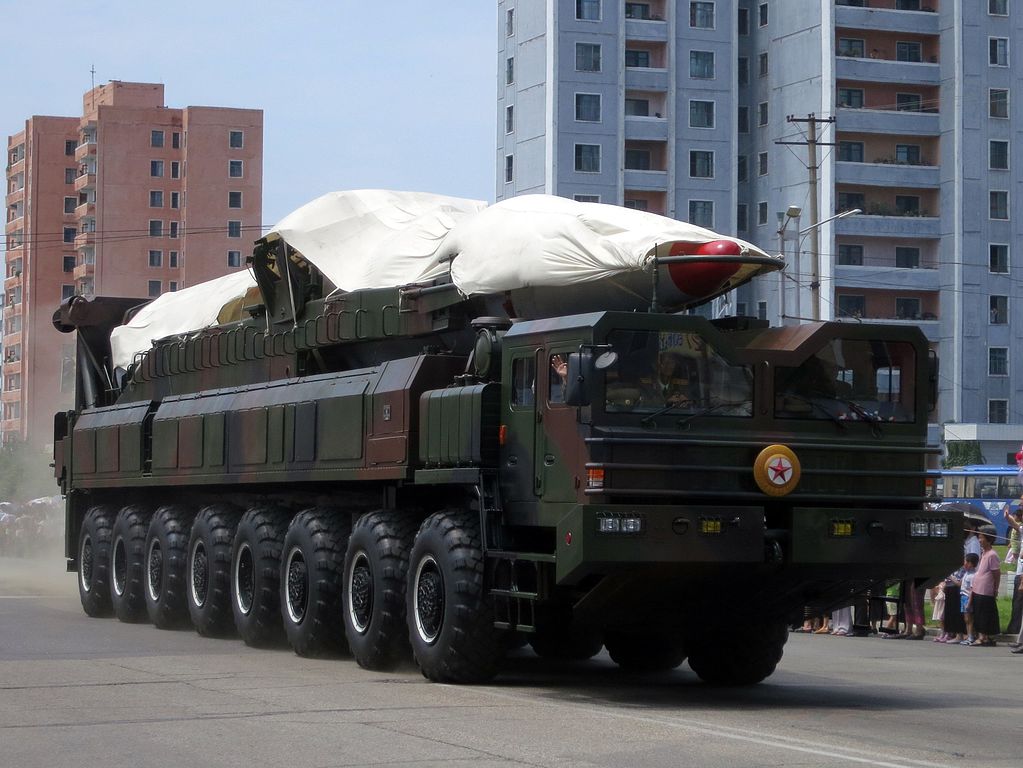
North Korea has reportedly test-fired a hypersonic missile, the reclusive nation’s first major weapons test this year.
According to the state news agency KCNA, North Korea’s academy of defence science test fired a hypersonic missile that successfully hit a target 700km away.
Officials of the Department of the Munitions Industry of the Central Committee of the Workers’ Party of Korea, among others, were present during the test.
This is North Korea’s second reported hypersonic missile test, and follows a series of launches conducted last year amid stalled denuclearisation talks.
Reuters reported that the missile test was detected by several militaries in the region.
Hypersonic weapons have a lower trajectory compared to ballistic missiles. They can also achieve a speed of approximately 6,200 km/h, or more than five times the speed of sound, making them extremely difficult to intercept.
In a statement, KCNA said: “Having been detached after its launch, the missile made a 120km lateral movement in the flight distance of the hypersonic gliding warhead from the initial launch azimuth to the target azimuth and precisely hit a set target 700 km away.”
The test also helped to confirm the flight control and stability of the missile, as well as its reliability during winter weather, the statement added.
Last year, North Korea test fired a new type of anti-aircraft missile.
The missile was reportedly equipped with new technologies such as twin-rudder control and double-impulse flight engines.
The country also tested ballistic missiles in 2021.



